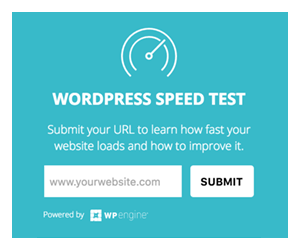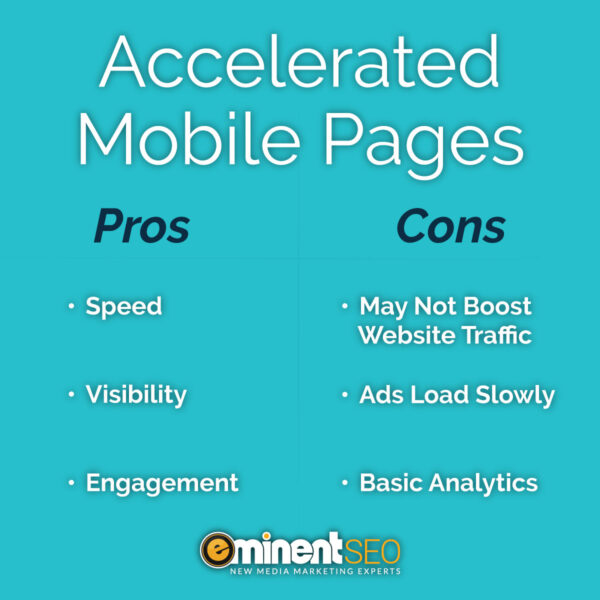This site contains affiliate links, which means we could earn a commission on anything purchased through those links. See our full disclaimer here.
First announced to the public in late 2015, Google’s Accelerated Mobile Pages (AMP) Project, has reshaped the way we surf the internet and consume content via our mobile devices. Because webpages running on the AMP format load directly from Google’s servers and are built with a stripped-down version of HTML, they consume up to 10 times less data than non-AMP pages. This means that AMPs load incredibly fast compared to traditional mobile pages.
In today’s tech-based culture, users value speed and efficiency above all else. Google knows this and hopes that with its open-source AMP platform, it can provide users with information at record-breaking speeds.
We’ve written on this topic before, but it’s time for an update. In recent months, Google has announced some major changes to the AMP platform – changes that have left many publishers wondering, “Is adding AMPs a smart move for my website?”
Recent Changes to the AMP Platform
AMP is an ever-evolving project that aims to reshape consumer behavior. Here are some recent changes to the platform that publishers should be aware of:
AMP Is Rolling Out More Customization Options
From day one, the AMP project has prioritized speed over style. AMPs may load with lightning speed, but the lack of design capabilities and interactive features often discourage visitors from actively engaging with the content.
Recently, however, there have been some much-needed improvements in functionality and customization options. Today, AMP pages are beginning to look much more like their non-AMP counterparts. Now we’re seeing webpages that load quickly and still look stylish; what more could you ask for?
New URL Displays Are on the Horizon
As it stands, AMP pages display a Google-based URL instead of the actual website’s URL. Obviously, this can be rather frustrating for publishers hoping to build brand recognition.
Fortunately, Google has announced that by late 2018 they plan to display the publisher’s domain in search results sourced from their AMP cache. This is encouraging news for brand marketers, but we’re going to wait until the full plan is unveiled before we get too excited.
AMPs for All Devices
Once exclusive to mobile search results, AMPs have made their way to desktop search results as well. If you want your site to remain competitive, you’ll need to make sure that any AMPs you build are functional across all web-browsing devices. If they’re not, you risk subjecting much of your audience to a clunky, frustrating experience.
Crackdown on Teaser Pages
Some publishers have found a way to work around the AMP project’s disadvantages. So-called “teaser pages” are stored in the AMP cache and benefit from increased speed and priority placement on Google’s carousel.
These teaser pages then link to the publisher’s native non-AMP page through a call to action, such as a “Continue Reading Here” button. Publishers had effectively found a way to have their cake and eat it too.
Google is putting a stop to this workaround by requiring that both the AMP and non-AMP versions of a webpage contain the same content. If Google believes a publisher is using their AMP page as a teaser, it will simply stop directing traffic there.
The Benefits of AMPs
Here are the pros of using AMPs in your digital marketing strategy:
The Drawbacks of AMPs
Unfortunately, there are a few cons of AMPs that we must mention:
For an easy reminder of the pros and cons of accelerated mobile pages, feel free to download or share this image:
The Pros and Cons of Accelerated Mobile Pages for YOUR Website
Even though AMPs are most beneficial for news publishers, any business that maintains a blog and publishes timely content on popular topics can potentially benefit from this technology. This is especially true if there is a techie on staff who can learn to build webpages using the AMP code.
On the other hand, businesses that publish evergreen content (or don’t have a blog at all) may find that the time and money it takes to duplicate parts of their website in the AMP format is just not worth it.
Still unsure whether your business should try it out? Contact us today, and our team of expert designers and SEO analysts will help you determine if AMPs are a wise choice for your website.





